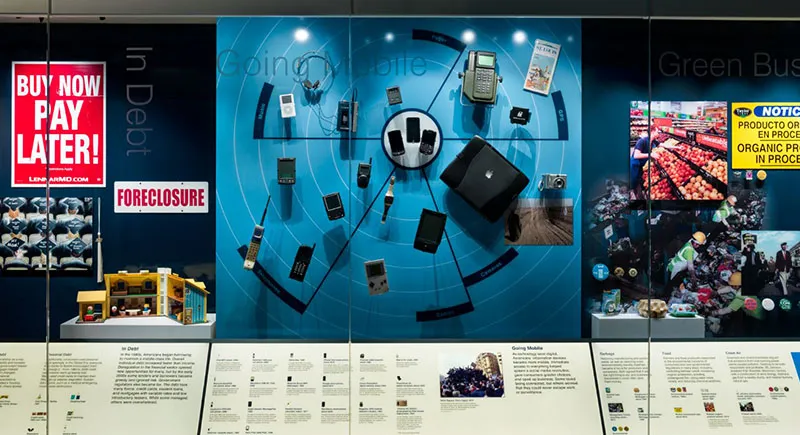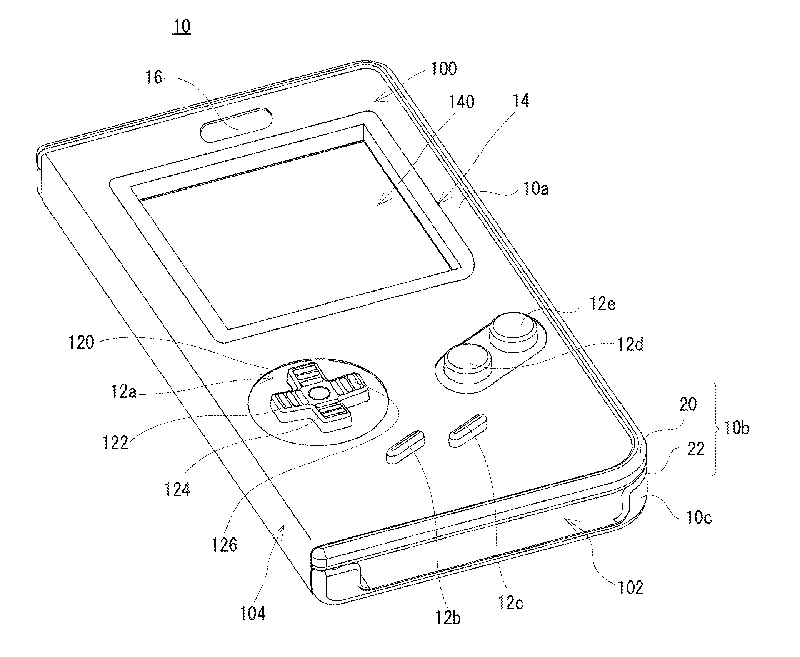Thirty Years Ago, Game Boy Changed the Way America Played Video Games
Nintendo’s handheld gaming system proved to be a huge success, thanks to its durability and battery life
/https://tf-cmsv2-smithsonianmag-media.s3.amazonaws.com/filer/2f/4b/2f4bb9e9-e5c0-4d90-9268-937151110a46/game_boy-nmah.jpg)
Game Boy was a game-changer. When Nintendo’s handheld unit exploded on the U.S. market on July 31, 1989, it unleashed the power of video games in a transportive way. Now, players could take their games anywhere and play them to their hearts’ content—or at least until they ran out of AA batteries.*
Because of its cultural importance and economic impact, Game Boy has a prominent place at the Smithsonian’s National Museum of American History in Washington, D.C. An original 1989 console is featured next to early cell phones, PDAs and pagers in a display at the “American Enterprise” exhibition.
“Game Boy was not the first handheld gaming system, but it was certainly the most popular,” says Drew Robarge, a museum specialist at the American History Museum. “There were others before it, but they were mostly one-function systems. Game Boy used interchangeable cartridges, like the home consoles, so you could play different games.”
The 8-bit system looks dated by today’s standards: small screen with dot-matrix graphics in black and white—actually four shades of gray-green. However, it was durable and inexpensive to operate since it didn’t burn through batteries like its competition.
When first introduced in the United States 30 years ago, Nintendo’s new concept took the gaming community by storm. Game Boy sold 1 million units in this country in a few short weeks (total sales would reach nearly 120 million worldwide in all iterations by the time its run ended 16 years later).

The handheld gaming system was invented by Nintendo’s Gunpei Yokoi, who also created the Metroid video-game series. He got the idea for a portable gaming system after watching a bored businessman playing with an LCD calculator. He then worked with Satoru Okada and the Nintendo Research & Development team to refine the idea, which was patented in the United States on September 24, 1985.
Entitled “Hand-Held Game Apparatus,” U.S. patent 4,542,903 was assigned to Nintendo Company, Ltd. of Japan. The abstract reads in part:
“A hand-held electronic game machine for use with attachable/detachable memory game packs wherein the game machine includes a case of a size which may be held by a hand …”
It also explained that the game was designed to be held in both hands and played using the thumbs. The unique feature that made this possible was the cross-shaped button, also invented by Yokoi, that allowed players to move characters around the screen with ease.
There were electronic handheld games before Game Boy, but they were rudimentary in design and limited in choice. Many, like the Mattel Auto Race in 1976 and Mattel Football in 1977, used LED lights to simulate movement and action. They were fun but had one basic drawback.
“They were usually one-offs,” Robarge says. “They did one function and did it well, but that was it. You could only play one game.”
Game Boy had the advantage of being the first on the market before other major competitors. Nintendo introduced the system in Japan in April 1989, three months before selling it in the United States. The Atari Lynx was released in September 1989, while Sega’s Game Gear and NEC’s TurboExpress came a year later. They could never catch up, mainly because of cost factors. These systems had color screens, which actually proved to be a liability since they required more energy to operate.
“I think Nintendo must have done a cost-benefit analysis and found battery life was substantially lower with a color system,” Robarge says. “Game Boy used four AA batteries at 10 to 14 hours of playtime while the Game Gear and Lynx used six batteries each and only lasted a few hours. Unless you had a membership to Costco, you were going to spend a fortune on batteries.”
When Game Boy was first introduced, Tetris was a marginally successful video game. Imported from the Soviet Union, the tile-matching game featured blocks descending down the screen that had to be fit into specific places to earn points. It was originally available in arcades and home computers.
In 1989, Nintendo decided to include Tetris as one of the game cartridges sold with the Game Boy system. Suddenly, everyone was playing—or wanted to play—Tetris. It became one of the most popular video games ever, eventually selling some 35 million units with the Game Boy.
“Nintendo saw Tetris and realized it was the killer app for the Game Boy,” Robarge says. “It’s perfect for traveling, you can play for five minutes or an hour and still be satisfied. Game Boy definitely helped Tetris rise to the top.”
Of course, many different games were made for Game Boy, including Super Mario Land, Kirby’s Dream Land, The Legend of Zelda and many other Nintendo favorites. The cartridge system made it easy to buy new games, pop them into the unit and begin playing a whole new experience.

Game Boy went through several iterations during its lifespan. Game Boy Pocket, Game Boy Light, Game Boy Color, Game Boy Advance and Game Boy Micro, as well as various accessories and add-ons, were all added to the franchise.
Today, of course, Game Boy belongs in a museum as a relic of the past. Smartphones, with exponentially greater power, amazing graphics and unlimited games and apps, have taken the place of handheld game systems. That doesn’t mean people don’t long for the good old days.
Nintendo may be preparing to tap into that nostalgia. Last year, the company applied for a patent for a phone case that looks like a Game Boy. When paired with an app, the case can turn a smartphone with a touchscreen into a very familiar-looking 30-year-old handheld gaming device.
What’s old is new and what’s new is old.
*Editor's Note, August 5, 2019: A previous version of this article incorrectly stated that Game Boys use AAA batteries, when, in fact, they use AA. The story has been edited to correct that fact.